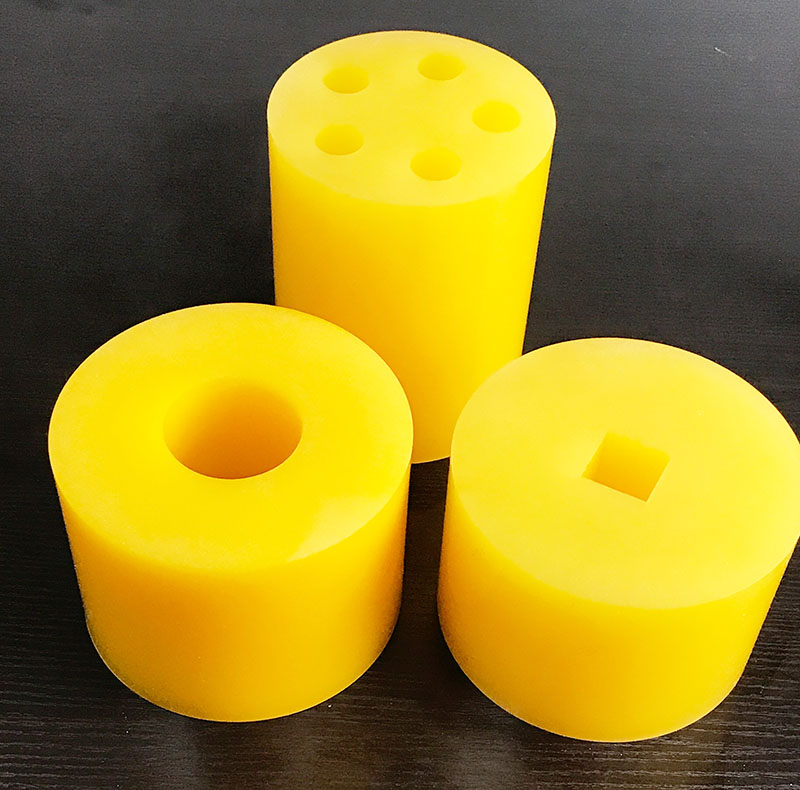

What is Powder Metallurgy
What is Powder Metallurgy?
Powder metallurgy is a manufacturing process that produces precision and highly accurate parts by pressing powdered metals and alloys into a rigid die under extreme pressure. With the development and implementation of technological advances, powder metallurgy has become the essential process for the production of bushings, bearings, gears, and an assortment of structural parts.
The key to the accuracy and success of powder metallurgy is the sintering process that heats parts and places them under pressure to bond the powder particles . The temperature in sintering is slightly below the melting point of the primary metal such that the bonds of the powdered particles are bound together.
Powder Metallurgy Processes
Conventional
Conventional powder metallurgy follows each of the steps of basic powder metallurgy where the powder and alloy are mixed, compacted, and sintered. It is much like the ancient method of powder metallurgy with the added benefit of modern technology.
Injection Molding
The unique benefit of injection molding is its ability to produce complex shapes in large quantities. The powders for injection molding are specially formulated with a binder, such as wax or a thermoplastic. The mixture, referred to as feedstock, is fed into the mold cavity of a normal injection molding machine. When the green compact is discharged from the mold, the binder is extracted by thermal processing or solvent. Any remaining binder dissipates during sintering.
The injection molding powder metallurgy process is very similar to plastic injection molding and high pressure die casting and produces the same intricate and complicated shapes of those processes. The difficulty with powder metallurgy injection molding is the amount of secondary finishing that is necessary. Its benefit is its ability to produce good dimensional tolerances in unlimited shapes and with unique geometric features.
Isostatic Pressing
Isostatic pressing is an equal pressure process wherein the same amount of pressure is applied to the entire surface of the workpiece. By applying pressure equally from all directions, every angle, curve, line, and depth of the part has the same density and microstructure. Isostatic pressing can be performed either cold or hot depending on the requirements of the piece being produced.
Cold isostatic pressing produces parts where pressing dies are not an option or the parts to be produced are very large and complex. A wide variety of materials can be used for isostatic processing. The amount of required pressure begins at a little under 5000 psi and goes as high as 100,000 psi. The powder is molded in elastomeric molds that may be wet or dry.
Hot isostatic pressing combines high temperatures with isostatic pressure. The combination of the two factors eliminates porosity, increases density, improves mechanical properties, and makes finished parts workable. Hot isostatic powder metallurgy reduces microshrinkage.



We support all kinds of customization, if you need it, please contact us.
Phone/whatsapp:+86 18234744811
Email:sales@highindustryco.com